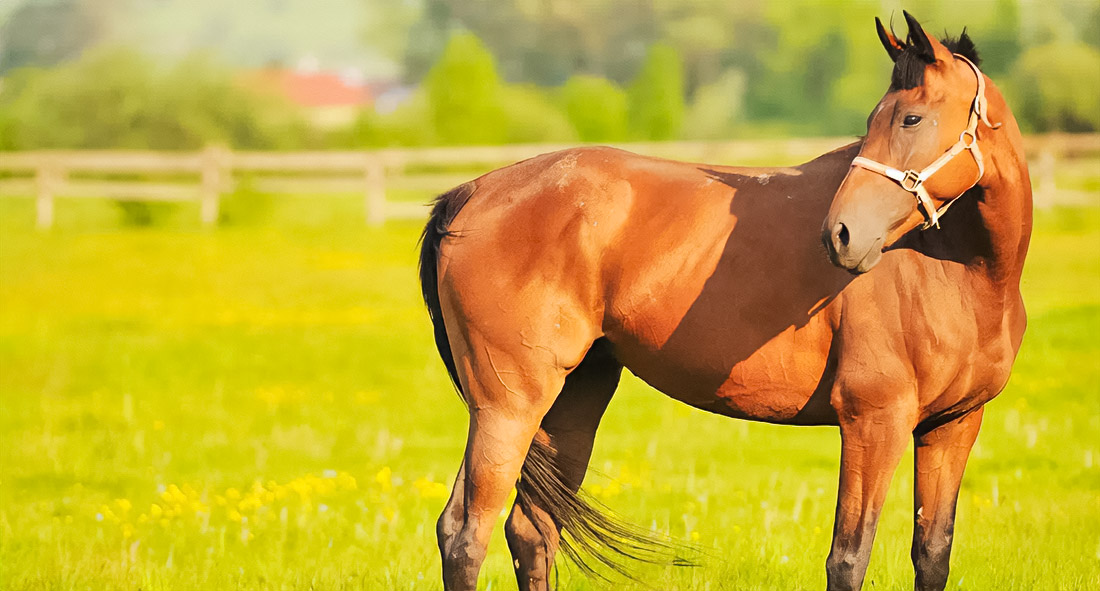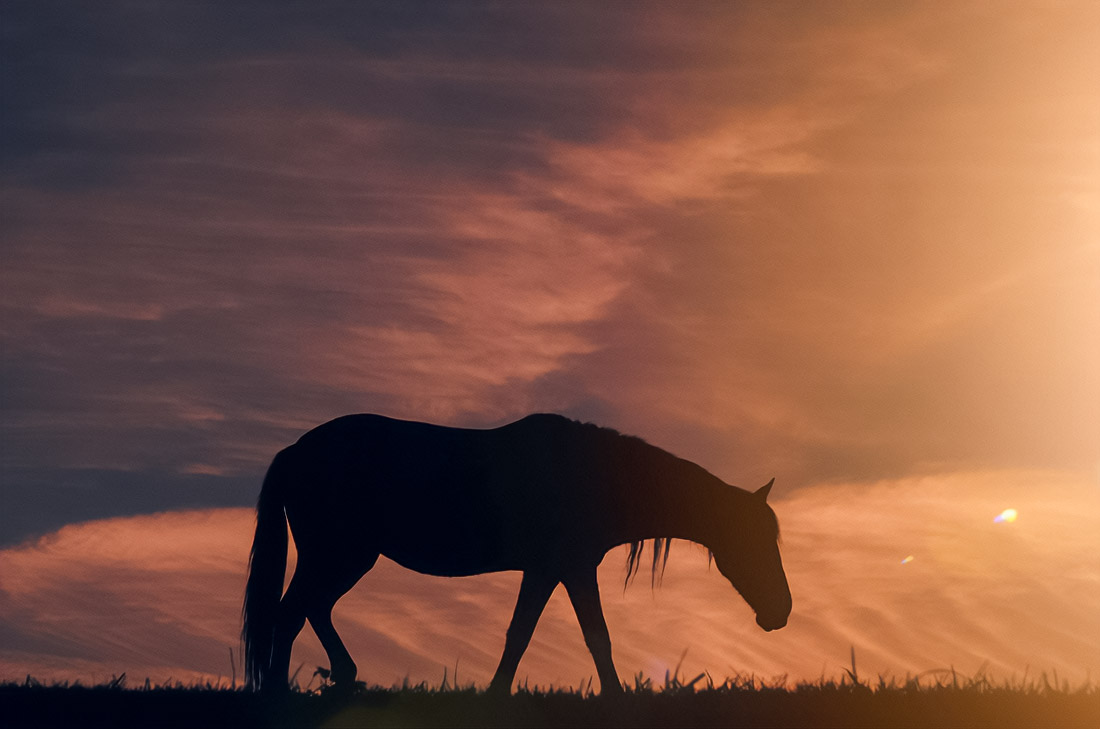Preparing horses for Dubai Racing Carnival: Energy, diet, hydration and big races
Every November, Meydan Racecourse comes alive again. Dubai Racing Carnival lasts until March and gathers the strongest horses in the world. The final point of the season is the Dubai World Cup with a prize pool of $30.5 million, where the main race accounts for $12 million. Seventeen meetings have been announced for the 2025/26 season, sixteen of which are included in the carnival program. It is not just a calendar. It is a test of the training system, diet, and energy management.
Pre-season: Get Back in Shape Quickly and Safely

The offseason slows the pace of training. Some horses lose muscle mass and gain excess fat. At the start of the preseason, coaches reduce the caloric content of the diet but protect amino acids, vitamins, and minerals. You cannot cut fundamental micronutrients. Otherwise, hoof growth, coat quality, and stress resistance will suffer. Deficits hide for weeks. Symptoms tend to show right at the season’s peak.
Diet and Energy: Where to Add, Where to Remove

When training intensifies, the need for energy rises. An excess of concentrates causes overexcitation and unstable performance under load. The task is to dose calories and keep nutritional density. Omega-3 from flaxseed oil supports immunity and coat shine. Biotin, methionine, zinc, and copper accelerate keratin synthesis and strengthen the hoof horn. On copper-poor soils, the risk of deficiency increases. This is visible in sun-bleached coats and flat dynamics during workload gains. Chelated copper with vitamins E and B12 helps close gaps without overloading feed. Where possible, programs also favor natural horse feed to stabilize behavior and digestion while maintaining performance. This approach keeps preseason balance. The horse receives everything needed without tipping over the edge.
Hydration: Electrolytes and Endurance in Hot Climates
The UAE’s climate sets the rules. Hydration stands on par with energy and protein. Electrolyte losses reduce endurance, disrupt recovery rhythms, and increase the risk of issues during intense weeks. Corrections to the drinking regime and electrolytes are introduced in advance. This is not cosmetics but the competitive base by late March. The more stable the water and salts, the cleaner the cardiovascular work at racing tempo.
Competition and International Scale: Numbers that Speak for Themselves
The influx of applications for the Dubai Racing Carnival increased by about 60 percent compared to 2023. In absolute terms, that is growth from 190 to 310 applications. At the same time, about 40 percent of entries concern horses rated 110 or higher. For scale, remember last year’s winner rated 128. Competition has become denser. Preparation mistakes are forgiven less. Discipline in diet, energy, and hydration moves from recommendation to requirement.
Calendar of Key Evenings: Structure of the Season and Load Accents
The carnival is modular and pragmatic. Festive Friday will be held on December 19, 2025, and includes eight races. At the center is the G2 Maktoum Mile with a prize of 1 million dirhams. The total prize fund of the evening reaches 5 million dirhams. Fashion Friday is scheduled for January 23, 2026, combining high-class racing and a catwalk atmosphere. Emirates Super Saturday will take place on February 28, 2026, and remains the dress rehearsal for the Dubai World Cup. The final falls on March 28, 2026. It is the thirtieth anniversary night of elite sport and maximal focus.
Infrastructure and Training Rhythms: Why Meydan Sets the Tone
Meydan Racecourse holds the standard in organization, surfaces, and logistics. Most meetings take place on Fridays, which eases scheduling of loading and recovery. About 1,800 horses are in training in the UAE, roughly 600 thoroughbreds and 1,200 purebred Arabians. This base maintains a steady participant pool, while visiting yards adapt quickly to local conditions. Infrastructure dictates diet details, microrotations of speed work, and cooling intervals. Those who fine-tune small things tend to win. Humidity, wind, and night temperatures are tracked and folded into weekly plans.
Practice Micro-Adjustments: From Off-Season to Peak Form
The plan looks simple only on paper. In reality, it is a stack of micro-adjustments. In the off-season, calories go down but mineral and vitamin density stays high. Eight to twelve weeks before first starts, targeted amino acids and fatty acids step up. Copper, zinc, and sulfur-containing components for hooves stay under watch. Electrolytes join as speed volumes grow. Unnecessary “noise” in feed is removed before key evenings. Each week gets rechecked against the horse’s response, weight dynamics, coat quality, and hoof horn condition.
What Gives you an Advantage in the End
The advantage is born at the junction of biochemistry and racing rhythm. A diet with the right energy curve lowers peaks of nervous arousal. Electrolytes and water preserve output across the season. Trace elements and omega-3 support skin, coat, hooves, and immune response. The events calendar sets maximum points. Festive Friday tests the system. Emirates Super Saturday filters contenders before the final. Dubai World Cup demands total focus when no detail can be missed.
Conclusion: Detail Discipline Wins in March
Dubai Racing Carnival is a continuous test of decisions. Methodical programs benefit most, where nutrition, energy, and hydration are linked to the calendar and workload. The trend is clear: more applications, higher ratings, tougher competition. In such an environment, any inaccuracy becomes visible. Accuracy, in turn, pays dividends right when March lights up the board and millions are at stake.

Basketball fan, ramen eater, fender owner, Eames fan and creative consultant. Acting at the nexus of minimalism and purpose to save the world from bad design. I work with Fortune 500 companies and startups.
